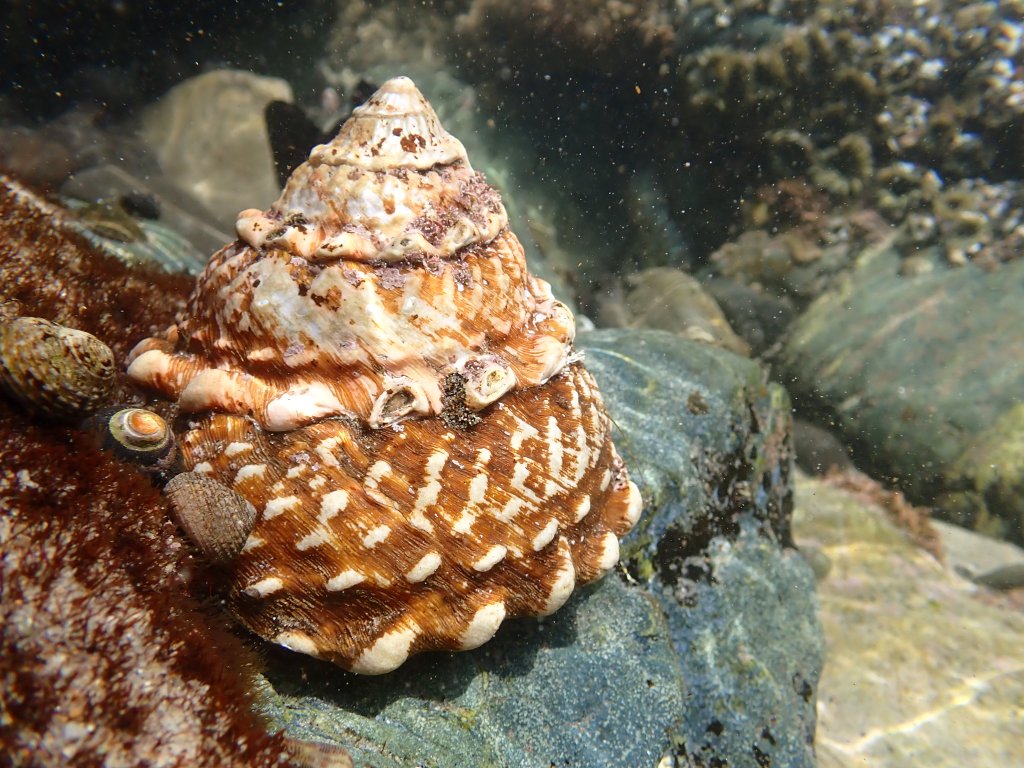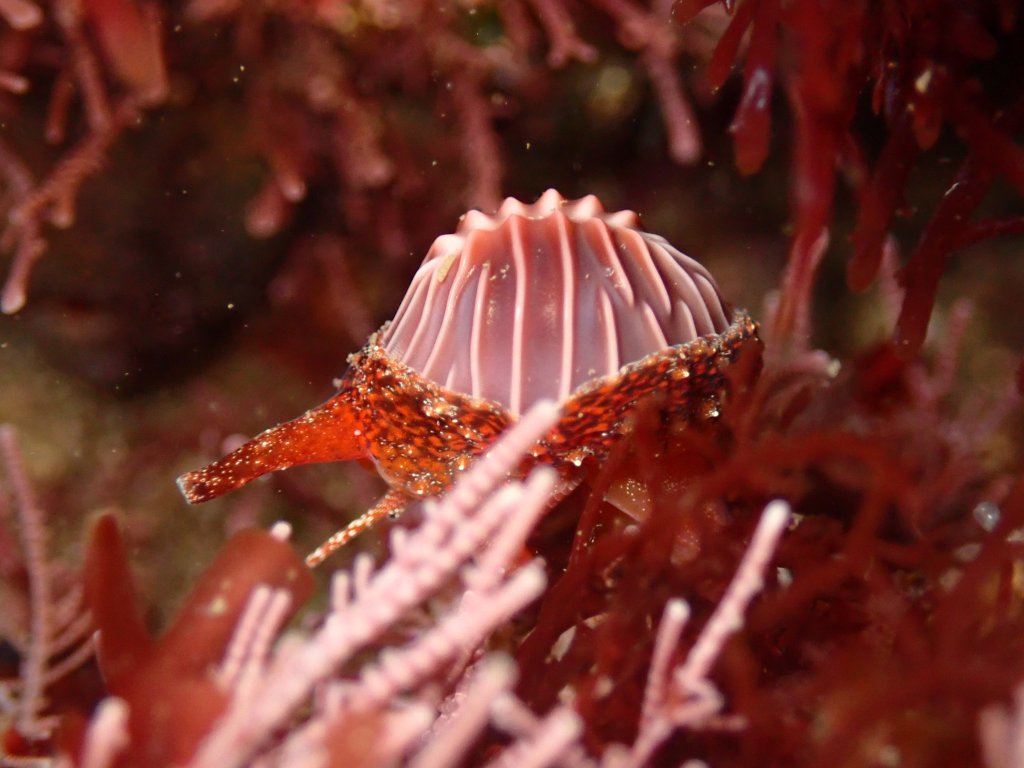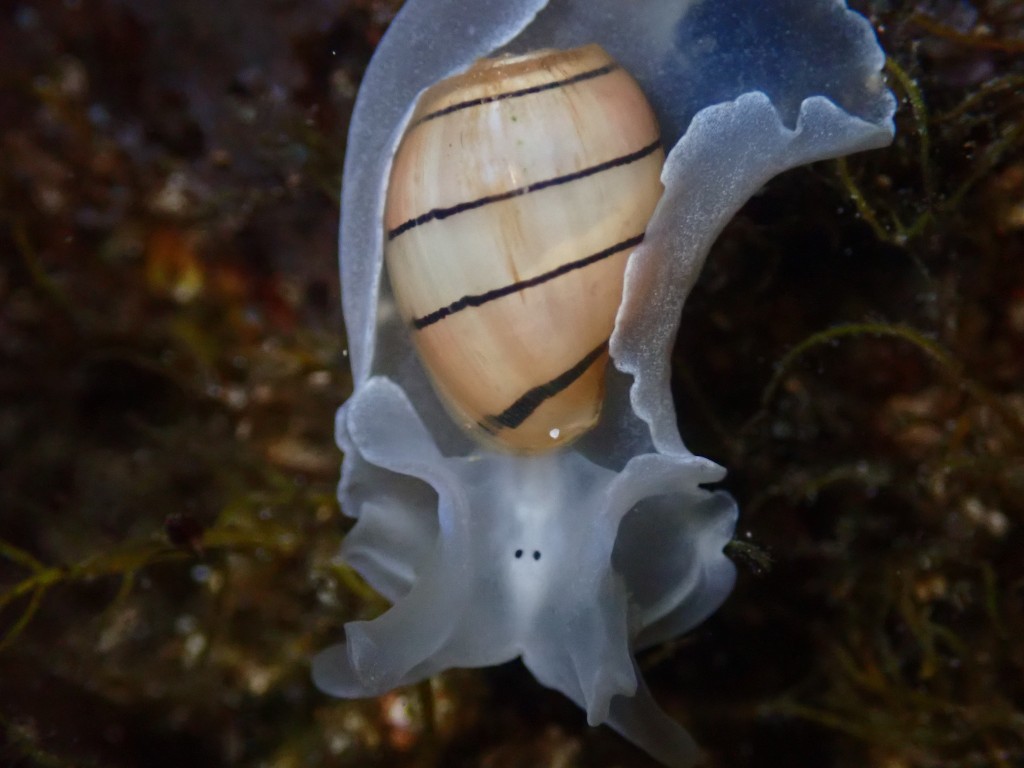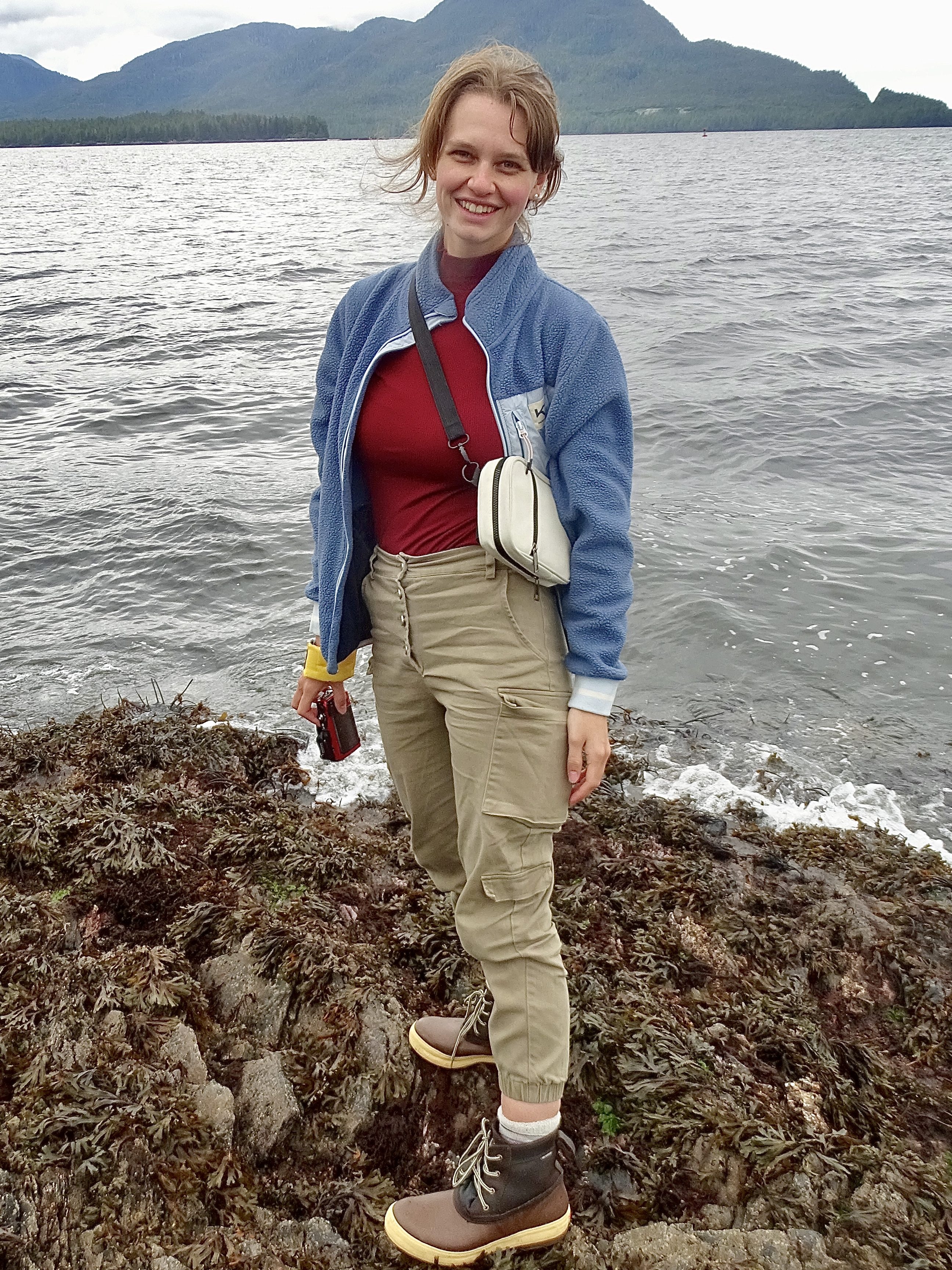The Animals That Live In Shells

Phylum molcusca is one of the largest phyla in the animal kingdom— second only to arthropoda— and is made up of soft bodied invertebrates. The word mollusk traces its lineage to French and then to Latin to a word that means “soft.” It has over 100,000 known species, and likely has over 150,000 in total. It includes common garden snails that eat your bell peppers, rare nudibranchs with advanced chemical defenses, snails that eat algae all day without rest, and chitons armoured with sliding plates.
For being such a large phylum, mollusks aren’t overly popular. Their soft bodies are either consumed with ample butter or avoided for their blobb-ish texture. Many people, I would assume, would just as soon never touch a mollusk in their entire lives. Except their shells.

Many mollusks have shells; their soft bodies require a certain level of protection. The same one who would shrink in disgust at a slug might pick up a delicate sea shell on the coast and admire its intricacy, its spines or knobs, it’s perfect Fibonacci sequence. Upon finding a snail still alive, one might say, “Look, a live shell. I won’t collect that one or it will smell when it dies.” And once it dies, we take home what we call the “shell,” now that it has been vacated by its previous tenant.
People say that mollusks live in shells. But they don’t really. Do you live in your skin? Like the thing that you grow around your body is just a shell and not actually part of you?
Mollusk is a misnomer. The soft mantles (fleshy part) of snails secrete calcium carbonate and weave it into their shell, growing with them in ever greater spirals. A snail grows a shell as you grow skin.
A close cousin to tide pooling is shelling: the act of finding dead animals instead of live ones. Although, I should clarify that I enjoy shelling and I know many others who do as well. The sarcophaguses left behind by mollusks are some of the most beautiful, intricate, and delicate things known to man. But they are dead snails; after their soft bodies disintegrate, their hard bodies remain. It’s not a live shell; it’s a snail, but that isn’t nearly as pretty sounding. It seems we would just as soon forget the animals that live in shells and often do.

My favorite mollusks, the sea slugs and nudibranchs, have no shell but employ other methods of defense. But the tide pools are— quite literally— crawling with mollusks that spin shells, allowing nearly limitless growth, a fair amount of protection, and beauty that their eyes, even if they could perceive more than light and dark, are not positioned to see.
We dislike the spider, but we admire its web, so quickly destroyed by wind or a child’s hand. A beach goer finds nearly endless fascination with an intricate shell though it is beaten by the waves so that its spines are dulled, its color faded, its shiny edging chipped while nearby a snail slowly trudges across the rocks, eating algae and spinning on its back a more perfect specimen with the same perfect fibonacci sequence.


Leave a comment